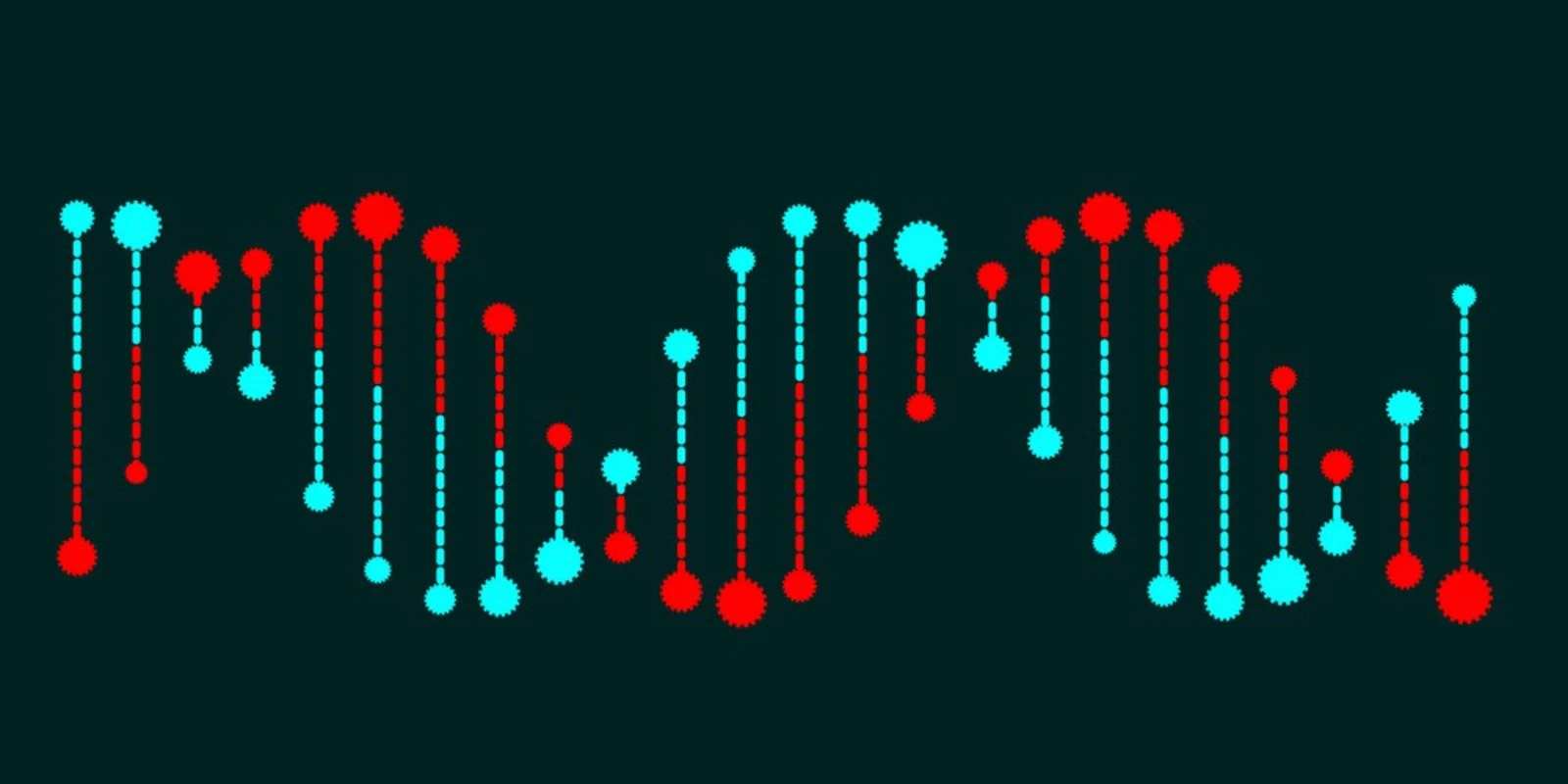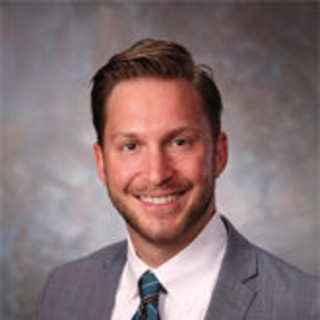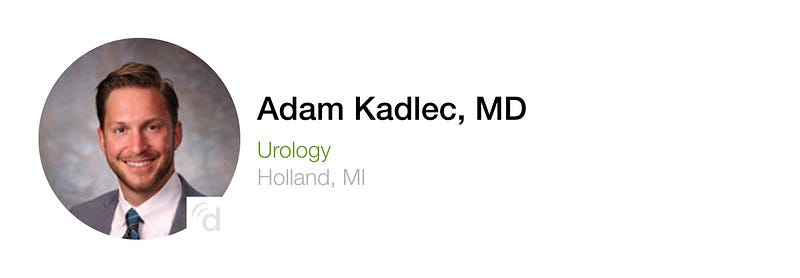
Exponential Medicine (Xmed), hosted by Singularity University and led by Daniel Kraft, MD, is self-described as “an immersive, hands-on program focused on the implications of breakthrough developments such as 3D printing, personalized stem cell lines, point-of-care lab-on-a-chip diagnostics, robotics, augmented intelligence, machine learning, large-scale bioinformatics, synthetic biology, low cost genomics, gene editing, blockchain and more.” If you know a little bit about a few of these concepts, you are already ahead of the curve!
For the benefit of anyone interested in healthcare innovation who was unable to attend, I offer a commentary on the conference in this article. But a couple disclosures first. Number one, I’m just a regular doctor, not an academic thought leader or a venture capitalist or a company founder. Number two, I’m not going to give a play-by-play — the event is livestreamed and you can watch past talks online — but instead will editorialize on themes, take-home messages, and action items for those of us who are working in the trenches. Number three, these thoughts are my own and not necessarily representative of the conference’s founders/organizers.
Introduction and Background
Xmed 2017 was my second consecutive XMed and offered a different experience than Xmed 2016. Last year’s conference was like seeing a great movie, while this year’s conference was like seeing a great movie, again. Now: just as it goes with a great movie, both experiences were positive. Last year’s XMed, for instance, was a bit of a blur to me. I had very little prior exposure to topics like artificial intelligence, blockchain, CRISPR, personalized medicine, etc. I contracted a case of information overload, felt overstimulated, and spent most of the conference feeling generally inadequate (still, I enjoyed it enough to go again…). This year, I had a year of networking and self-discovery under my belt, which lessened the “novelty burden” and allowed me to better codify my thoughts. So…here goes.
Theme 1: Innovation medicine is its own discipline…and comes in different flavors.
If I could identify one thing I learned in 2016 at my first XMed conference, it was that innovation medicine is an entirely different discipline than clinical medicine, harboring its own set of terms to learn, its own community and values to adopt, and its own set of skills to acquire; this year’s conference only reinforced that point. Clinical medicine is what we learned in medical school: taking a history, doing an exam, ordering tests, making a diagnosis, formulating a treatment plan. As physicians, we are very good at this — we are experts, in fact! Some of the virtues of clinical medicine are demonstrable competence, dedication to the patient, and error reduction/elimination. These are virtues that we learned in medical school and continue to implement in daily clinical practice.
Innovation medicine, on the other hand, is what most of us did not learn in medical school. It is a purposeful process to transform the delivery of healthcare. Some of its virtues are disruption, scalability, and democratization. As Dr. Jordan Shlain explained in his talk, innovation medicine borrows from the tech motto: move fast and break things. His motto for clinical medicine is quite different: move slow and don’t kill people.
Like clinical medicine, innovation has numerous sub-specialties (e.g. artificial intelligence, virtual and augmented reality, digital health) to explore, and there are multiple ways for physicians to become involved, as I outlined in a prior article published in NEJM Catalyst. I have found myself gravitating toward branches that will allow me to continue my clinical practice, such as advisory work and intrapreneurship.
In broad terms, I would break down the innovators at XMed into two camps. The first camp are more incremental innovators. This group builds upon what currently exists, working within predefined frameworks. Many physicians, simply by personality type and professional conditioning, will gravitate to this camp. The other camp are the entrepreneurs looking for moonshots and major disruption. This group wants to radically transform the current healthcare paradigm and are more heavily represented in the tech industry. My sense is that both are important — and physicians, though they may be more comfortable in the former space, can exist in either space, or even both spaces simultaneously.
Physicians must realize clinical medicine is only one part of big-H Healthcare, and innovation medicine is a burgeoning movement driven by talented entrepreneurs who want to fundamentally change the way we think about, talk about, and act about Healthcare. We must encourage and interact with these entrepreneurs, viewing them as our peers rather than outsiders, to drive changes that will positively impact the clinical medicine we practice. I personally believe that the tech industry will be successful in disrupting healthcare in the same way they have disrupted the realms of communication, finance, and entertainment. Change is inevitable and as physicians we must be involved if we want to make it a good thing for ourselves and our patients. Which brings me to my next theme.
Theme 2: Physicians must be involved to make healthcare innovation a good thing for everyone.
Physicians have a reputation for being financially gullible, and that may be truer than we’d like to think. But from a scientific standpoint, we appear to be a difficult “sell.” We are trained in skepticism and have been instructed to be critical of new ideas to protect the interests of patients. For these reasons, physicians may be somewhat distrustful of the promise of innovation medicine, and may dismiss it (sometimes rightfully so) as pseudoscience. However, if physicians ignore the innovation movement, or if the innovation movement ignores physicians, we all lose.
Physicians possess several key attributes that can accelerate innovation. First, we have access — to patients, relationships, and policy makers. Some of us have the financial ability to provide seed funding; some of us have the clinical expertise to fulfill critical advisory roles in early-stage ventures; some of us even have enough entrepreneurial clout to attract investment and legitimize outside-the-box ideas. Unfortunately, we also possess the power to stifle innovation and prevent good ideas from gaining traction.
Perhaps most importantly, we clinicians are trained (and swore an oath) to put patients first. In a way, this makes us a good fit for start-up culture, where innovators are taught to start their innovation process with customer discovery. What does the “customer” want? What are their problems, needs, and desires? Any good clinician deeply knows the answers to these questions when it comes to his or her own patients.
We also know the answers when it comes to what we and our colleagues want: less administrative burden, more time with patients, better payment models. If we allow innovators to hear our needs, I believe they are much more likely to act in the interests of ourselves as well as our patients.
Theme 3: Augmentation, not replacement
No one likes to be told they are replaceable. Physicians are especially sensitive to that sort of message because we chose a path of delayed gratification and self-sacrifice to earn our positions. So, understandably, there has been pushback from clinicians against artificial intelligence technologies that tout their ability to replace us. A notable example would be Sedasys, which was an automated anesthesiologist that was taken off the market, in part due to safety concerns brought up by the American Society of Anesthesiologists.
I’m neither an anesthesiologist nor an expert on AI, but I think the story illustrates the point that resistance to “replacement technology” is real and, whether founded or unfounded, can effectively kill an innovation. Presenters at XMed 2017 seem to have internalized this fact, and I felt that this year there was more of an emphasis on “intelligence augmentation,” that is, using AI and machine learning to augment the clinician’s abilities, rather than replace them.
Examples of intelligence augmentation — termed IA — appeared throughout the conference. One academic center described using AI and big data analytics on objective data derived from ICU patients to identify patients with real but clinically-undetectable signs of sepsis. A physician from Kaiser Permanente discussed using similar big data analytics to mine a large EMR to identify adverse drug reactions not identifiable through traditional clinical review. The ever-innovative Dr Shafi Ahmed demonstrated an augmented reality (AR)-driven operating room wherein surgeons wearing VR headsets anywhere in the world can inhabit the same virtual space, in real time, while an operation is occurring. As a surgeon myself, I found this to be an especially compelling example of technology’s power to bring us together for the betterment of clinical care.
In 45 minutes of remarks, futurist Ray Kurzweil (one of the founders of Singularity University) took it to the next level by predicting that within the next 10–20 years, there will be a fusion of our neo-cortex to the information cloud, such that we can seamlessly and immediately access any knowledge at any time. Is this the stuff of science fiction? Maybe, maybe not — but we all can agree that, in concept, that level of intelligence augmentation would fundamentally change, for the better, our ability to gather and process information as we care for patients.
Theme 4: Ambassadors of Touch in a World of Tech
Some of the most-moving moments of the conferences were those that we as physicians experience almost daily: the story of a woman who died of breast cancer in her early 30s, the joy of a patient freed from the shackles of chronic illness, the resilience of a singer who has undergone bilateral lung transplants and continues to sing and tell her story all over the world. These are the high-touch moments that cut directly into our hearts. They are behavior-changing and transcendental. They bind us together. And they are part of the daily life of all clinicians: physicians, advanced practice providers, and nurses. I believe that we clinicians, who are so fortunate to regularly inhabit a high-touch space, must be ambassadors of touch in a world driven more and more by technology.
Touch does not devalue technology, nor does it exclude it. As with the previously discussed conceptual conversion of artificial intelligence to intelligence augmentation, perhaps the best uses of technology are those that bring us closer together and create high-touch spaces where they currently do not exist.
Another point relates to that of trust. Clinicians use touch to build trust. We look patients in the eye. We touch them during an exam. We validate their suffering and their story with touch. As a result, we are trusted, and patients take our advice as they make some of the most important decisions of their lives. Technology, if it is to be successful, must also be trusted. We will not buy Bitcoin if we do not trust it. Likewise, we will not participate in a cloud-based EMR if we do not trust it. The community of physicians has spent generations earning and maintaining the trust of our patients and, for the most part, we continue to enjoy the trust that we have earned. Forward-thinking physicians can help their patients transition trust away from traditional medical models and toward technology-driven innovative care models that are being developed with increasing speed and urgency.
I continue to believe in the sanctity of the physician-patient relationship. I, like many of you, remain a humanist. Patients are people. Clinicians are people. We are people helping people. Patients are not customers and they are not consumers. However, I do believe that “big tech” will disrupt our industry, like it has done to so many others, and that as clinicians, we must position ourselves to participate in the changes that lie ahead. The physician autonomy that was lost during the changes of the past two to three decades can be regained if we make ourselves the drivers of change rather than the receivers of it.
Conclusion
Physicians interested in innovation can look to many physician leaders, worldwide, who are driving innovation and harnessing amazing technologies for the greater good. These individuals are well-represented at the annual Exponential Medicine conference, which is a fascinating and energizing gathering of hundreds of smart and passionate individuals from all branches of innovation medicine. This article describes just a small sampling of the breadth of innovation medicine on display at the conference. I would certainly recommend Exponential Medicine to clinicians with emerging interest in healthcare innovation, and the ongoing, inevitable transformation of how we care for patients.
Adam Kadlec, MD, is a urologist in Holland Michigan. He is interested in innovation medicine and multi-disciplinary problem solving, as they relate to disruptive technology, business concepts, and innovative care delivery systems. He is also a 2017–2018 Doximity Fellow.








